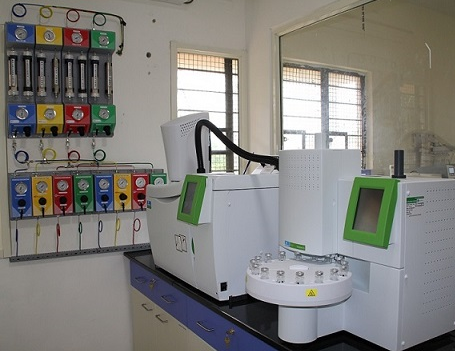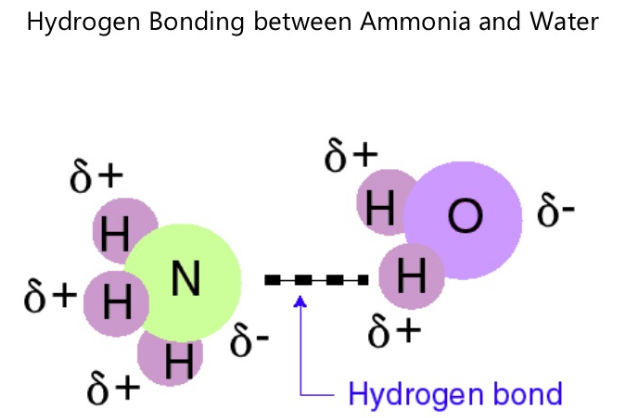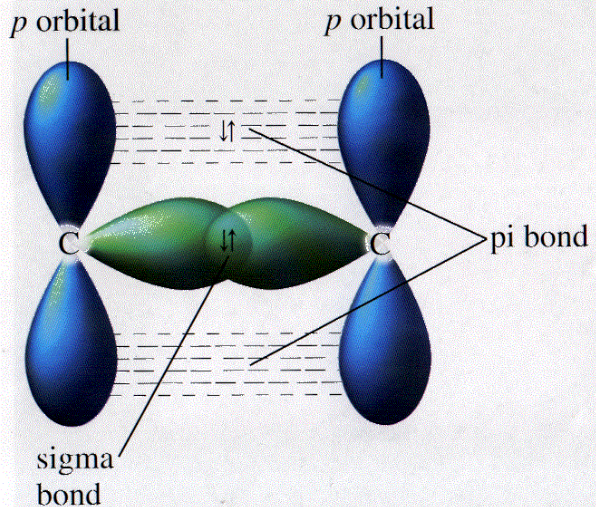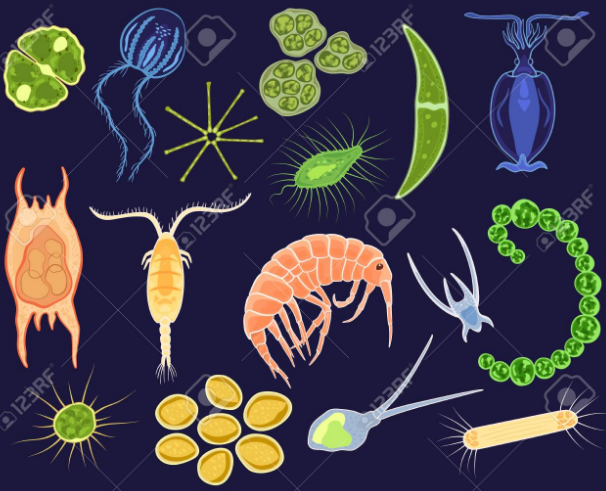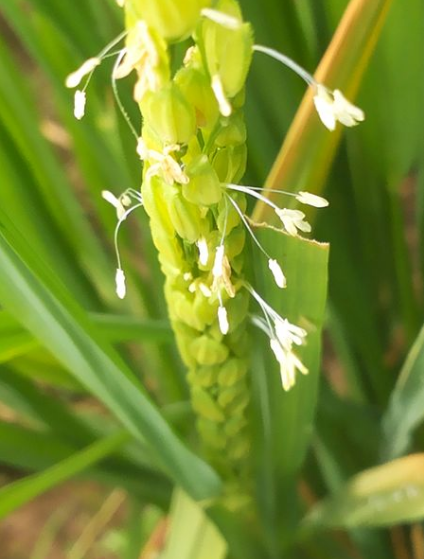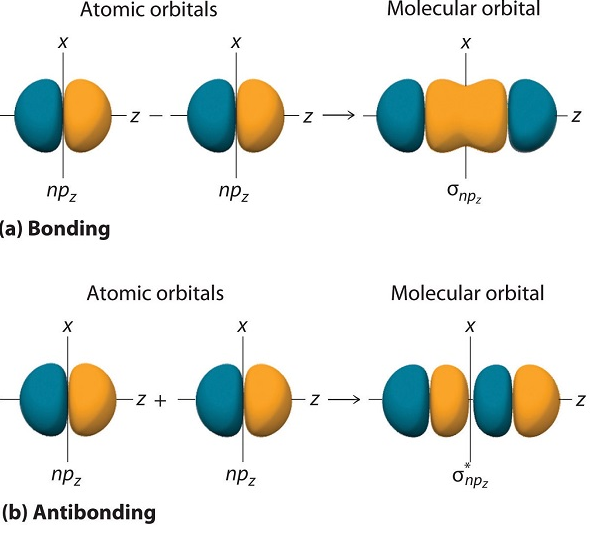Gas Solid Chromatography Vs. Gas Liquid Chromatography: What’s The Difference?
Gas solid chromatography and Gas liquid chromatography are both the main types of Gas chromatography. In both methods, either liquid or solid is used as a stationary phase whereas gas is used a mobile phase. Gas solid chromatography entails passage of a mixture of volatile compounds with differential migration through a column containing solid stationary … Read more
